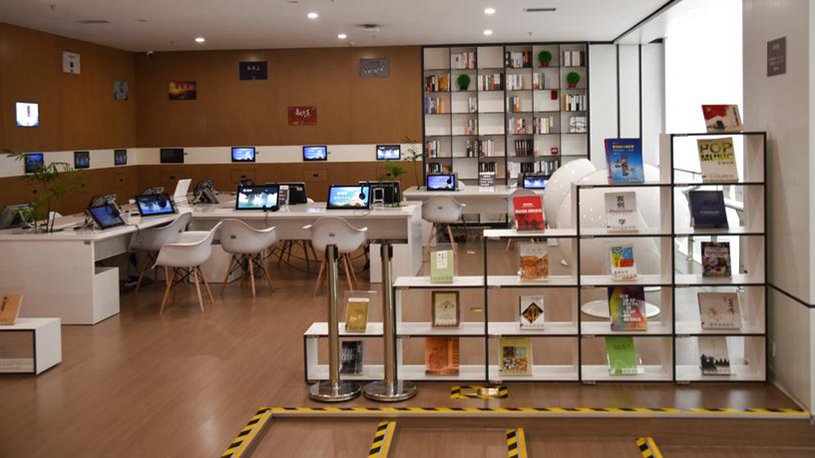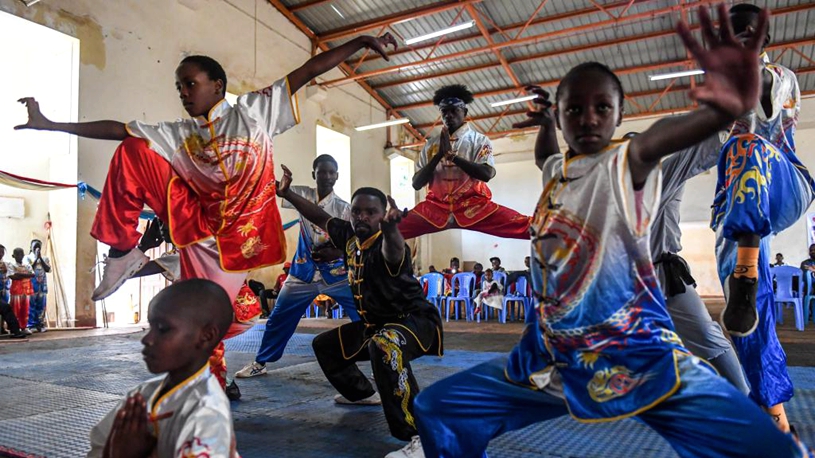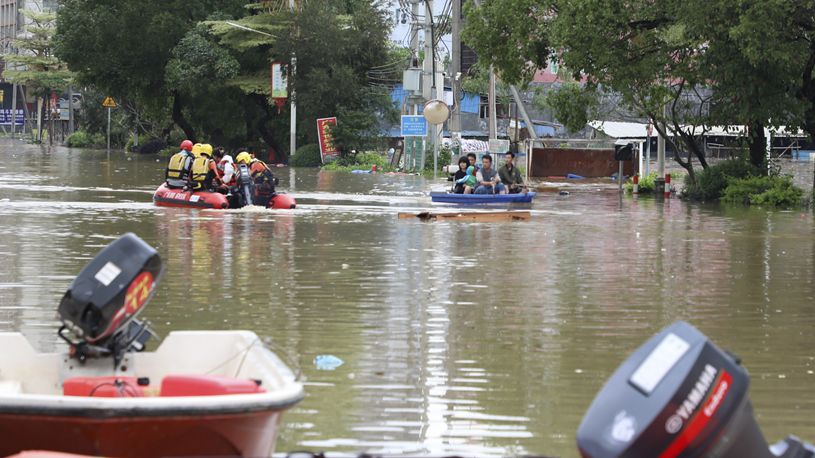
The government of Botswana has been gearing up to diversify its economy since the late 1980s, which sets an example for the economic development of African countries.
NAIROBI, April 26 (Xinhua) -- Botswana, a landlocked nation in southern Africa, has been gearing up to diversify its economy as its gross domestic product (GDP) growth remains relatively resilient.
The fate of this African nation witnessed an upheaval due to the rich diamond discovery in 1967. As the Orapa diamond mine went into operation in 1971, significant structural changes took place in the economy -- the share of agriculture declined rapidly, while the share of diamond revenues increased notably.
From 1966 to 2005, Botswana's GDP grew at an average annual rate of 9 percent. In 2006 when its per capita GDP reached 7,000 U.S. dollars, Botswana transformed itself from being one of the poorest countries upon its independence in 1967 to an upper-middle income country.
Kebapetse Lotshwao, a senior lecturer of the Faculty of Social Sciences of the University of Botswana, said that the discovery, mining and export of diamonds are essential for Botswana to achieve economic independence.
"Besides diamonds, Botswana is blessed with visionary leaders. Without them, diamond proceeds might not benefit the lives of ordinary people," said Lotshwao.
The government of Botswana formed the 50/50 joint venture Debswana in 1969 with De Beers, the world's leading diamond company.
According to the agreement reached between the two, Debswana sells 75 percent of its raw diamond production in Botswana to De Beers, and the output left is distributed to the state-owned Okavango Diamond Company.
Thanks to its booming diamond industry, the Botswanan government has been investing revenues generated by diamonds in people's well-being, such as education and health care for years. Botswanans enjoy free primary and secondary education and free treatment in public hospitals with only a small registration fee.
Last July, a new 10-year sales deal for Debswana was signed on raw diamond production until 2033, as well as a 25-year extension of the mining license through 2054. The new deal is seen as a catalyst for growth and is expected to bring additional value to the industry.
Though successful allocation of its revenues has made Botswana a well-off country in southern Africa, Botswana's economy relies heavily on the mining industry.
According to a report of the Organization for Economic Cooperation and Development, mining accounts for about 35 percent of its GDP at present, with diamonds contributing about 94 percent of the total mining share in GDP.
The government has been gearing up to diversify its economy since the late 1980s, which sets an example for the economic development of African countries.
Last November, Finance Minister Peggy Serame outlined eight priorities for non-mining industries' growth, detailed in the second Transitional National Development Plan, to promote non-mining industries' development, particularly youth employment, fiscal sustainability, economic diversification and enhanced livelihoods.
Earlier this month, Botswana launched a 38.5-million-U.S. dollar funding for its small businesses. At least 200,000 small, micro and medium-sized enterprises (SMMEs) are set to benefit from it.
According to Statistics Botswana, the contribution of the informal SMMEs sector in Botswana's economy has averaged around 5 percent for the past decade, while the most recent statistics place its contribution to GDP at 3.2 percent in 2023.
Slumber Tsogwane, vice president of Botswana, said the informal SMMEs sector has been a real alternative for employment and improved livelihoods for many citizens.
If mineral and non-mineral sectors can both grow, Botswana will truly become a prosperous nation, Tsogwane said.■











